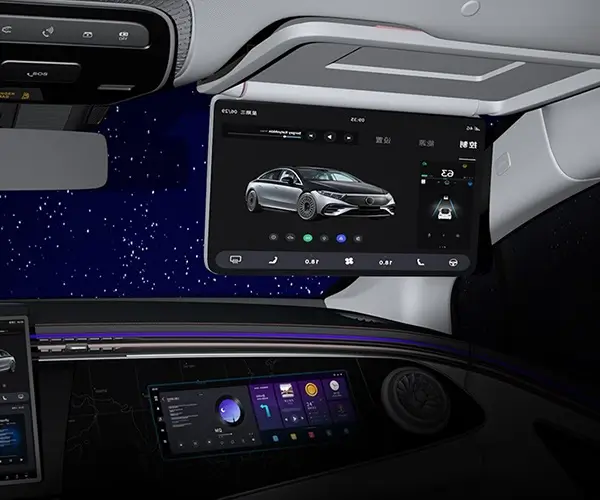Imagine you’re standing at a crossroads—one path leads to an all-encompassing architecture called MVC, while the other opens up to a world of microservices. Both seem promising, but which one actually wins? Let’s dive in without the fluff, just real talk about how these architectures match up in today’s tech landscape.

First, MVC—Model View Controller—is kind of like that classic dish you’ve had forever. It’s straightforward, organized, and keeps everything in a neat little box. All receptors—data, user interface, and logic—are bundled together, making it easier to handle small to medium-sized applications. Ever try to fix a pocket-sized gadget? It’s simple, manageable, and you can often get the job done quickly without losing your mind. But here’s the catch: as your app spreads out and gets more complicated, that single package of MVC can become a mess. Imagine trying to tune a room full of speakers all at once—sometimes, things get out of sync, and you’re left chasing bugs that seem to appear from nowhere.
Now, swing over to microservices, which is like having hundreds of tiny, specialized shops instead of one big department store. Each microservice is a tiny independent unit, handling one specific task—think payment processor, user auth, or product catalog. Instead of one giant monolith where everything is tangled, you get isolated areas that can be upgraded, scaled, or fixed without bringing down the whole system. It’s kind of like hiring a freelance artist for each part of a mural—everyone does their own thing, and together, it creates a masterpiece. But, yeah, it’s more complex to get all these pieces talking to each other smoothly, a bit like coordinating a band where everyone plays independently yet harmonizes.
Here’s a real-life question—what if your app is expected to grow fast? Easier, or more complicated? Well, microservices shine in that scene. They’re built for scaling up without breaking sweat. Imagine adding more servers to handle traffic spikes, without worrying about messing up the whole application. Meanwhile, MVC has its charm, but as your user base explodes, that single codebase might become an anchor, slowing down development and risking bugs everywhere.
What about maintenance? Think about fixing a single broken piece in an MVC app versus a microservice. With MVC, you’re opening up a giant box, trying not to disturb the rest of the app. With microservices, you just fix or upgrade one tiny service—less downtime, less headache. But, hold on, managing dozens of microservices? That’s a different ballgame altogether. You need a good automation pipeline, monitoring, and a way to keep everything synchronized. It’s not just a breeze; it’s a strategic game.
So, what’s the bottom line? If you value simplicity, a leaner setup, and smaller projects, MVC still holds a lot of weight. Its clean structure makes it easy to develop and understand. But if you’re eyeing long-term scalability, rapid feature deployment, and resilience, microservices might be your best bet. It’s a whole different mindset—less monolithic, more modular. Think of it like choosing between a cozy cabin and a fully equipped modular home.
Many wonder, “Can I switch from one to the other later?” Of course, but it’s like remodeling—what starts as a small project might turn into a full renovation. Better to choose wisely, but also recognize flexibility. Whether you stick with MVC or go for microservices, what matters most is understanding your project’s needs, your team’s capacity, and where you see the future heading.
In the end, it’s less about which is better and more about which suits the journey best. Every architecture has its quirks and perks. Picking the right path is about knowing your destination and how quickly you want to get there.
Established in 2005, Kpower has been dedicated to a professional compact motion unit manufacturer, headquartered in Dongguan, Guangdong Province, China. Leveraging innovations in modular drive technology, Kpower integrates high-performance motors, precision reducers, and multi-protocol control systems to provide efficient and customized smart drive system solutions. Kpower has delivered professional drive system solutions to over 500 enterprise clients globally with products covering various fields such as Smart Home Systems, Automatic Electronics, Robotics, Precision Agriculture, Drones, and Industrial Automation.




































